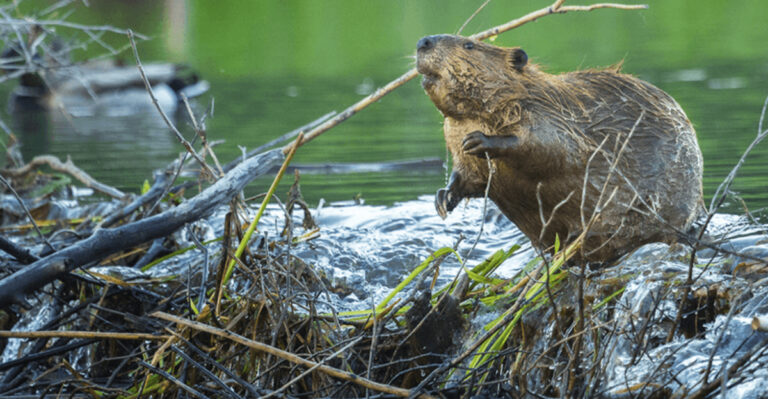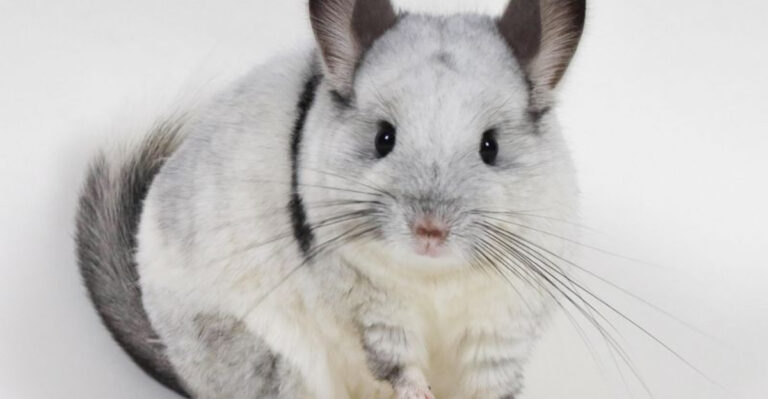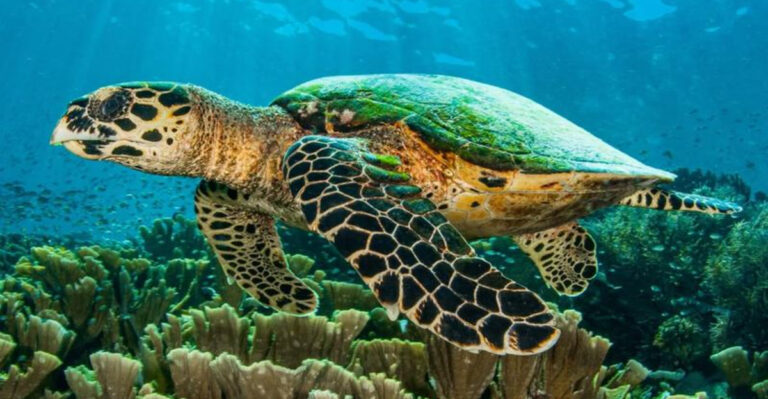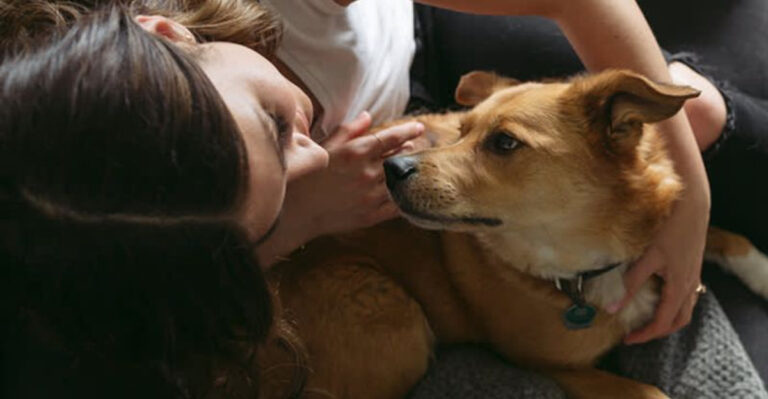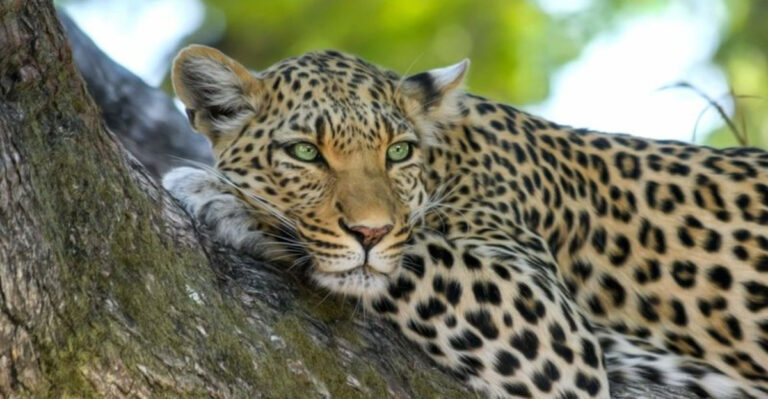The 15 Most Popular Animals That Ever Lived (Ranked)

Throughout history, certain wild animals have captured our hearts and imaginations like no others. These creatures became famous for their incredible stories, unique abilities, or the way they changed how we think about wildlife.
From loyal companions to scientific pioneers, these remarkable animals left paw prints, hoof marks, and fin trails across human history that we still follow today.
15. Seabiscuit

Too small, too knobby-kneed, and too lazy – Seabiscuit wasn’t supposed to be a champion. But during the Great Depression, this unlikely hero galloped his way into American hearts.
Guided by a misfit team of humans, he defeated the mighty War Admiral in 1938’s ‘Match of the Century,’ becoming a symbol of hope for millions struggling through hard times. His rags-to-riches story proved that champions come in all shapes and sizes.
14. Martha The Passenger Pigeon

Martha lived her final lonely years in a Cincinnati Zoo cage, the last of a species that once darkened American skies by the billions. When she died on September 1, 1914, an entire species vanished forever.
Her body was immediately frozen in a block of ice and sent to the Smithsonian. Martha’s quiet death marked a turning point in conservation history, shocking the public into realizing humans could actually exterminate an entire species.
13. Chi-Chi The Panda
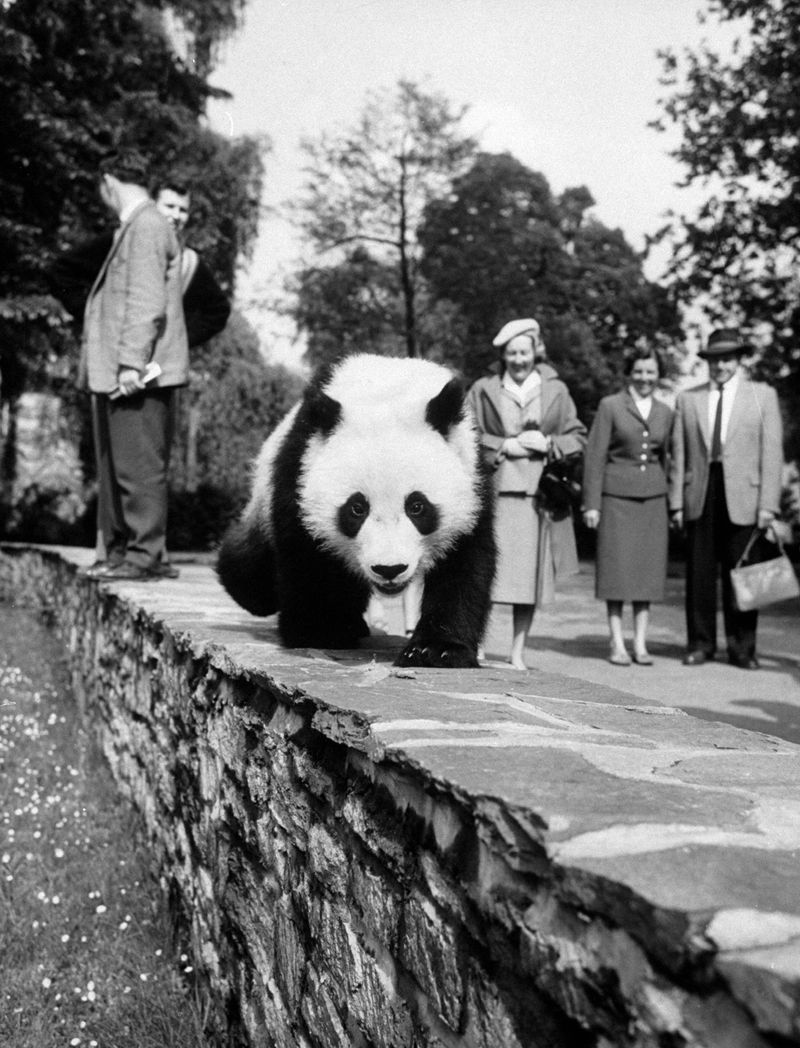
When London Zoo welcomed Chi-Chi in 1958, she became the only giant panda in the Western world. Her distinctive black-and-white markings and charming personality captured everyone’s imagination during the Cold War era.
Wildlife artist Sir Peter Scott transformed her likable appearance into the iconic panda logo for the World Wildlife Fund. Chi-Chi wasn’t just adorable – she became the face of global conservation, helping raise millions for endangered species while sparking international ‘panda diplomacy.’
12. Lonesome George
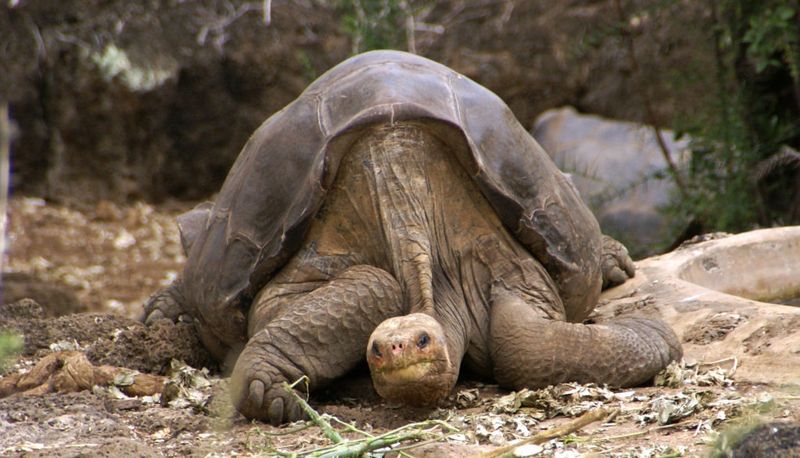
For decades, George carried an entire subspecies on his shell. Discovered alone on Pinta Island in 1971, this Galápagos tortoise became the ultimate conservation ambassador despite his shy personality.
Scientists searched frantically for a female companion, offering $10,000 rewards and conducting DNA tests on similar tortoises. But George remained the sole survivor. When he died in 2012 at roughly 100 years old, his species vanished forever, leaving behind a powerful message about extinction’s permanence.
11. Cecil The Lion
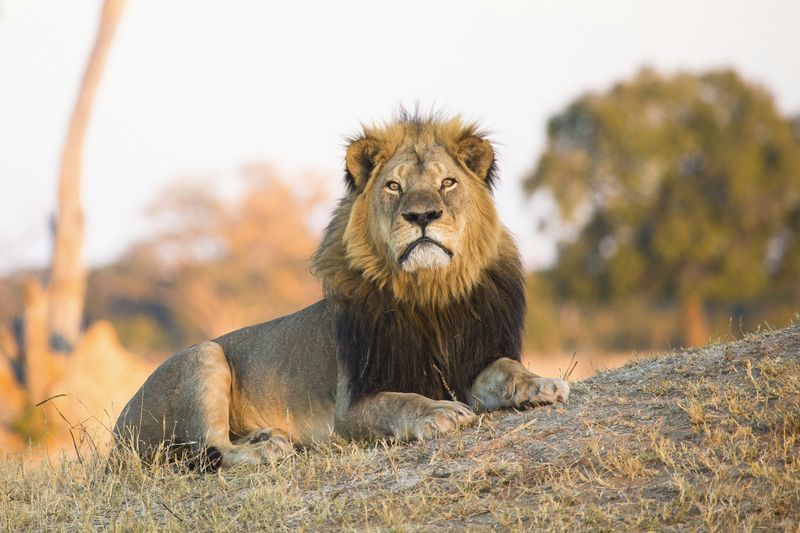
With his distinctive black mane, Cecil ruled Zimbabwe’s Hwange National Park as its most photographed resident. Researchers had tracked this magnificent lion for 13 years, watching him father many cubs and maintain his territory.
His 2015 killing by an American trophy hunter sparked unprecedented global outrage. The world mourned collectively on social media, prompting actual policy changes. Multiple airlines banned trophy transport, and Zimbabwe tightened hunting regulations – proving one lion’s legacy could roar louder than thousands of conservation reports.
10. Keiko

Captured near Iceland as a calf, Keiko became the world’s most famous orca after starring in 1993’s “Free Willy.” The film’s success ironically highlighted his real-life plight – confined to a small Mexican tank, suffering skin diseases and a collapsed dorsal fin.
Millions of children donated to the “Free Keiko” campaign, funding his $7.3 million rehabilitation. Though his 2002 release into Icelandic waters wasn’t entirely successful, Keiko fundamentally changed public perception about keeping intelligent marine mammals in captivity.
9. Bucephalus
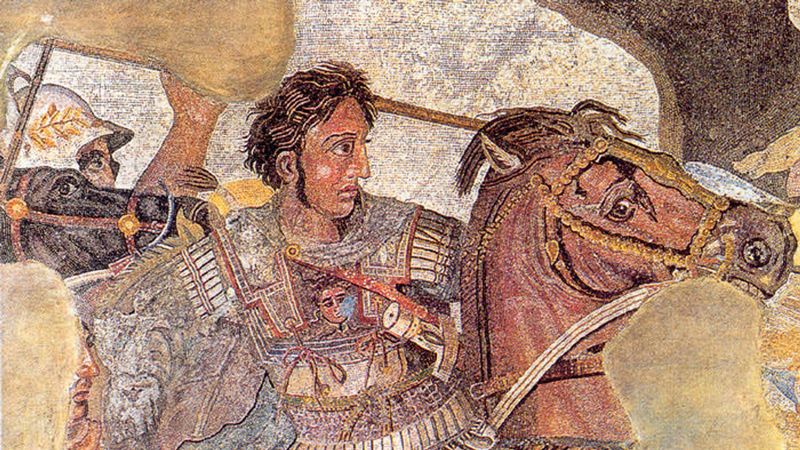
According to legend, 12-year-old Alexander tamed the massive black stallion that even his father couldn’t control. Noticing the horse feared its own shadow, the boy turned Bucephalus toward the sun.
For nearly 20 years afterward, this mighty steed carried Alexander through countless battles across three continents. Their bond was so profound that when Bucephalus died in 326 BCE, the conqueror named an entire city after him – Bucephala in modern-day Pakistan stands as perhaps history’s grandest memorial to any animal.
8. Balto

Winter 1925: diphtheria threatened to wipe out Nome, Alaska. With the only serum 674 miles away and planes grounded by blizzards, dog teams became the town’s only hope. Balto, a Siberian husky initially considered too slow for the relay, led the final team.
Through whiteout conditions and -40°F temperatures, he guided his team over treacherous ice, delivering the medicine that saved countless lives. Within months, a statue honoring him appeared in New York’s Central Park – where children still climb aboard this bronze hero nearly a century later.
7. Elsa The Lioness

Orphaned as a cub when game warden George Adamson shot her mother, Elsa found herself raised by humans but destined for something revolutionary. Joy and George Adamson did what was then unthinkable – they taught their hand-raised lioness to hunt and survive independently.
Joy’s book “Born Free” chronicled Elsa’s successful return to the wild, challenging the assumption that captive animals couldn’t readapt to natural life. The international bestseller and subsequent film fundamentally shifted public opinion about wildlife conservation, inspiring generations to see wild animals as beings deserving freedom.
6. Jumbo
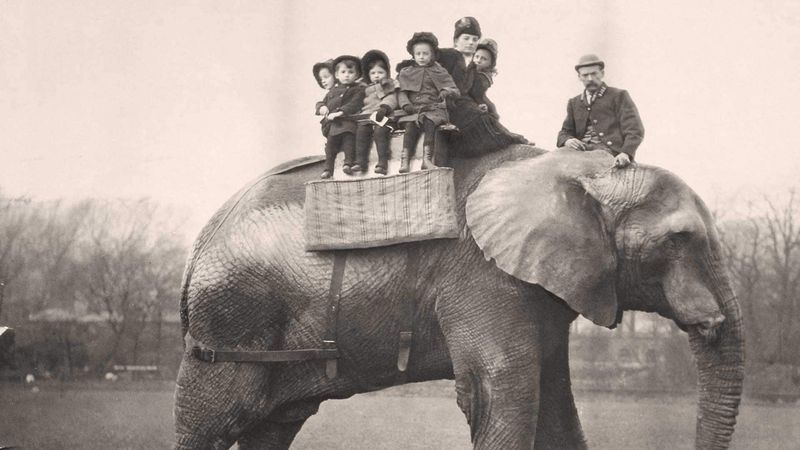
Before his name meant “enormous,” Jumbo was just a lonely elephant in London Zoo. Standing 11 feet tall at his shoulder, this African elephant became Victorian England’s most beloved attraction, giving rides to over a million children, including young Winston Churchill.
P.T. Barnum’s controversial purchase of Jumbo in 1882 caused national mourning across Britain. His tragic death three years later – struck by a freight train – didn’t end his fame. Jumbo’s skeleton toured with Barnum’s circus for years, while his name permanently entered our language as the definition of something massively impressive.
5. Koko
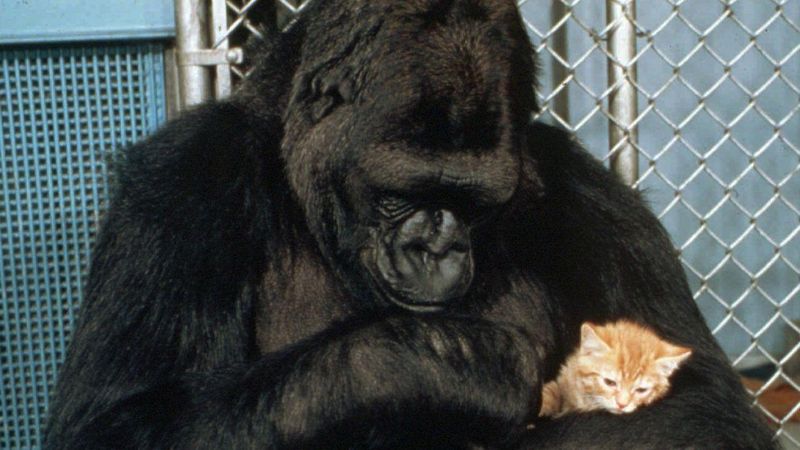
From the moment researcher Penny Patterson began working with the infant gorilla in 1972, Koko defied expectations. She eventually mastered over 1,000 signs and understood approximately 2,000 spoken English words.
Koko showed emotions once considered uniquely human – she mourned when her kitten died and expressed complex feelings like embarrassment and love. Her ability to communicate through sign language challenged fundamental beliefs about animal cognition. When she passed in 2018 at age 46, the world lost not just a remarkable gorilla, but a pioneer who blurred the line between human and animal minds.
4. Cher Ami
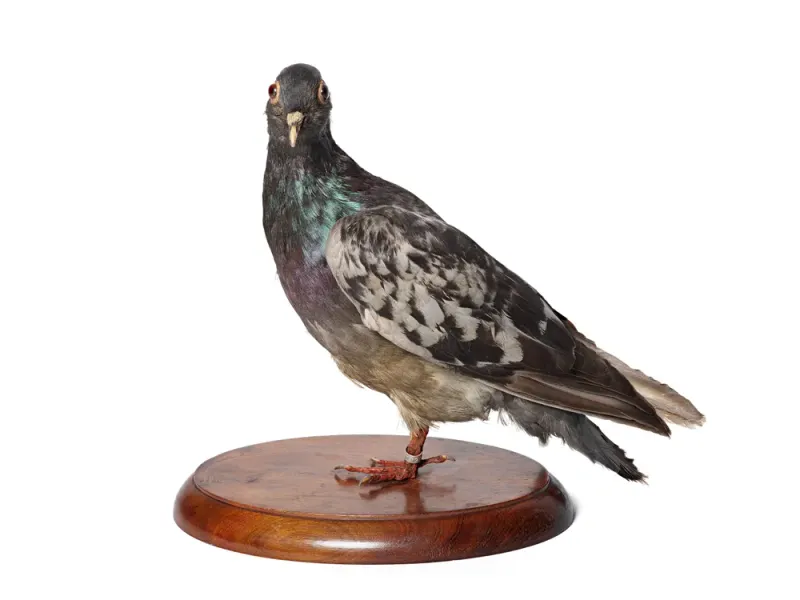
October 1918: 194 American soldiers were trapped behind enemy lines, being bombarded by friendly fire with no way to communicate their position. Their last hope was a small carrier pigeon named Cher Ami.
Shot down by German soldiers, the determined bird somehow regained flight despite losing an eye and having a leg nearly severed. She delivered her message, saving the “Lost Battalion” from certain death. Army medics carved a tiny wooden leg for the recovered hero, who received France’s Croix de Guerre medal for extraordinary valor.
3. Hachikō
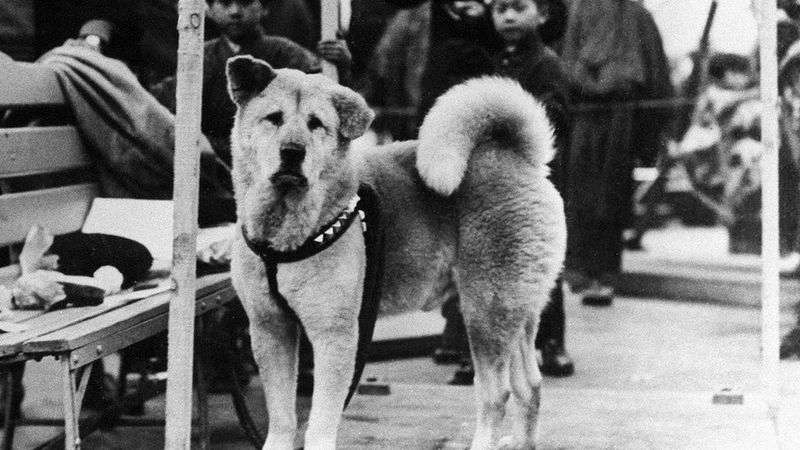
Every day for nearly ten years, the golden-brown Akita appeared at Tokyo’s Shibuya Station at precisely 5 PM. Hachikō was waiting for his owner, Professor Ueno, unaware the man had died suddenly at work in 1925.
Local shopkeepers and commuters fed the devoted dog as his story spread throughout Japan. Even after his death in 1935, Hachikō’s legendary faithfulness continues inspiring millions. A bronze statue stands where he waited, serving as both a popular meeting spot and a powerful reminder that loyalty transcends species – and even death itself.
2. Dolly
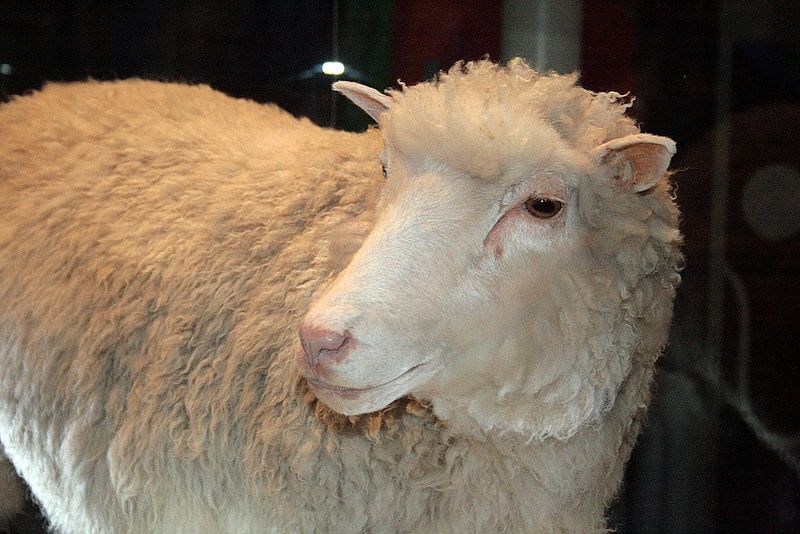
Born quietly in a Scottish research facility on July 5, 1996, this unassuming white sheep carried a scientific revolution in her DNA. Named after country singer Dolly Parton (because she was cloned from mammary cells), she proved that specialized adult cells could create an entire new organism.
The world reacted with both awe and alarm. Religious leaders questioned playing God, while scientists glimpsed medical breakthroughs. Though Dolly lived just six years, developing arthritis and lung disease prematurely, her legacy endures in every cloning advancement and bioethical debate of the past quarter-century.
1. Laika

A small Moscow street dog with perked ears and a calm demeanor became an unwitting pioneer in humanity’s greatest adventure. Selected for her gentle temperament and compact size, Laika launched aboard Soviet spacecraft Sputnik 2 on November 3, 1957.
The mission was always one-way – technology for returning from orbit didn’t exist yet. Laika survived only hours in space, overheating in her capsule. Her sacrifice advanced spaceflight knowledge that eventually allowed human exploration, while also sparking worldwide debate about using animals in dangerous experiments that continues today.


